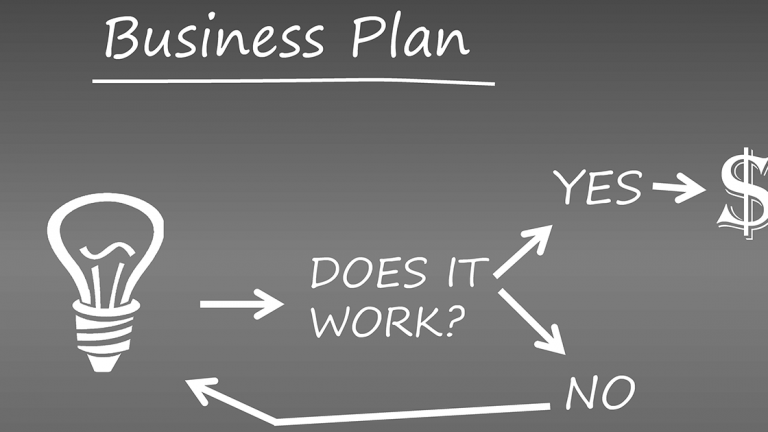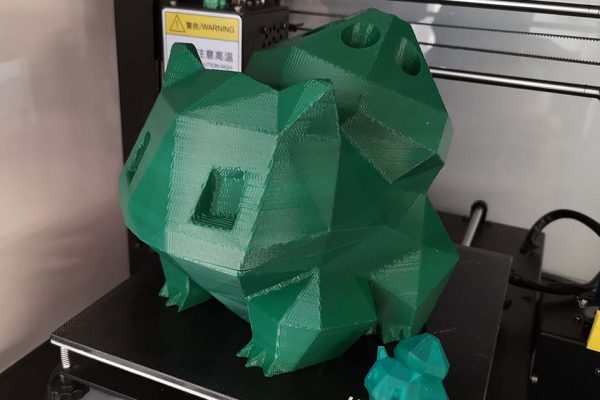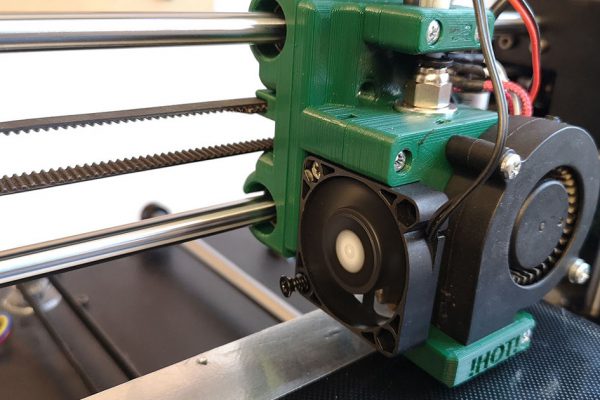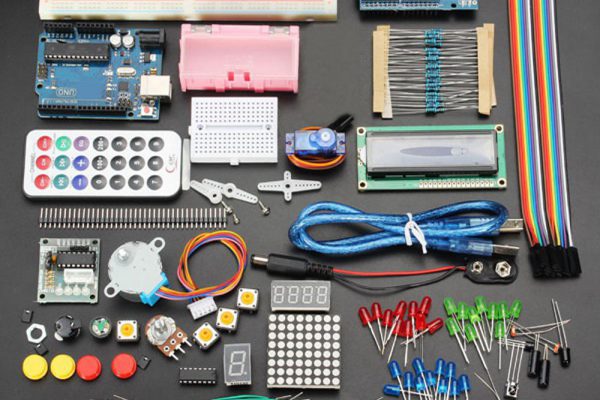The last step in the innovation engineering process is conceptualization. In this step we will create different concepts and test them against our list of requirements. If you look online, you can find a whole host of definitions for “concept”. For the sake of clarity, let me define what I think a concept is within the context of product development.
A concept lists every function with a specific solution, and describes how these would work together in a proposed final product.
Huibert Harteloh
With that out of the way, let’s go have a look at how to actually create concepts and select the best one.
This is part of the Innovation engineering blog series.
How to create a concept
So far we’ve created a function description, list of requirements, possible solutions for each function, and prototypes. Now is where it all comes together. Each function will need to be fulfilled, and the possible solutions are how they can be fulfilled. A morphological chart is a nice way of representing all these visually. Each function is listed on the left side, top to bottom, the right side of the table shows each possible solution for each function. We then simply draw lines from top to bottom, connecting different solutions to create a concept. Sounds simple, right?
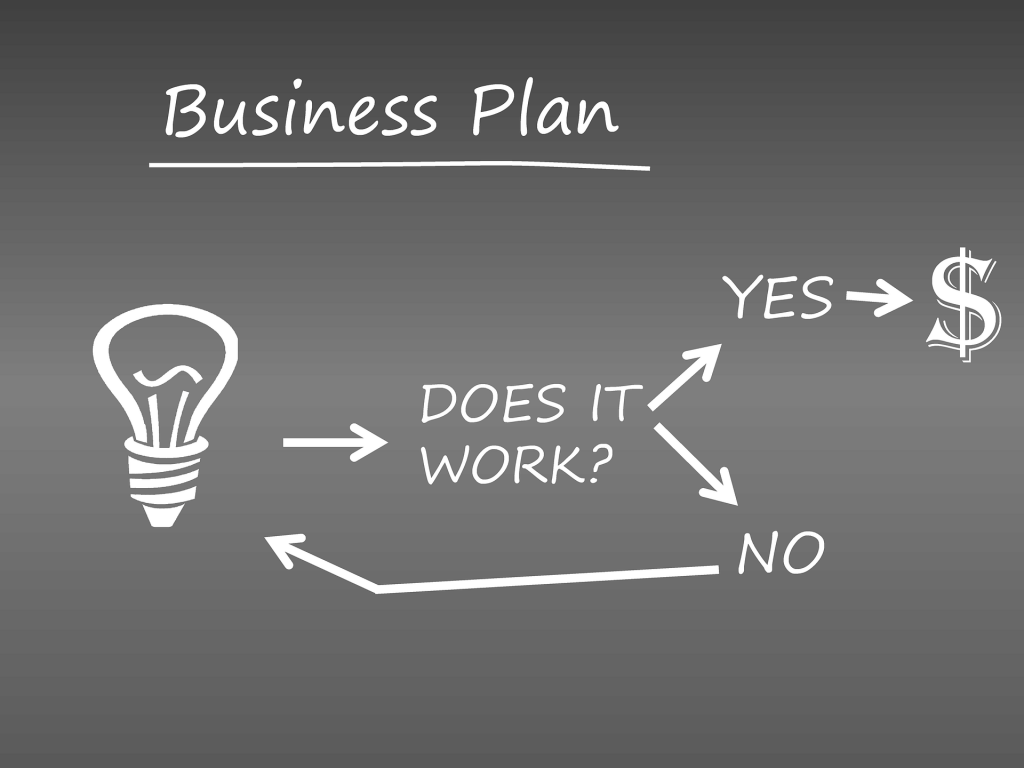
How to draw lines
Each line drawn will create a concept that will need a more in depth description, some solutions might not combine with others. Creating the concepts takes work, and the lines are simply a visual representation of this work. Each concept will need to have a clear motivation, which comes from your mission. If your mission states cheapest, lightest, biggest, your concepts will have to be created keeping this in mind. For instance, creating a concept which focusses on the cheapest solution for each function, will likely yield a product with the lowest possible cost. It is a good idea to create 3-5 concepts, no more, no less. This will give you enough freedom to choose the best solution, and limits the amount of research and work to create the concept descriptions.
Creating the concepts
The concept will be a complete description of how the concept would work, and provides all the information available to test it against as many requirements as possible, preferably all. This includes drafts of visual design, schematics, flowcharts or algorithms. If you are missing information in certain areas, go back to researching or prototyping. This is the last step before heavily investing in development, so it is important to get it right.
Choosing a concept
Your requirements are what your product or idea will have to do. Your concept should be tested against every requirement to make sure you solve every problem and tackle every challenge. We already did this to all the solutions, but combining the solutions might create new problems. All solutions on their own might fit easily within your specified maximum volume, but combining them might create a behemoth, far outside of your dimensions. Some requirements can have an added success criterium. For instance, the product should cost less than XX, creates a succes criterium “cheaper is better”. In the unlikely scenario where you have multiple concepts that tick all of the requirements’ boxes, your succes criteria will guide you in choosing the best solution.
Choosing a concept for further development is the last step in the Innovation Engineering process. The concept is now specified enough that you will be able to develop it into an MVP, null-series, or production model.
If you would like my help with your development process, please contact me through greatscott.nl or reach out in the comments below.
